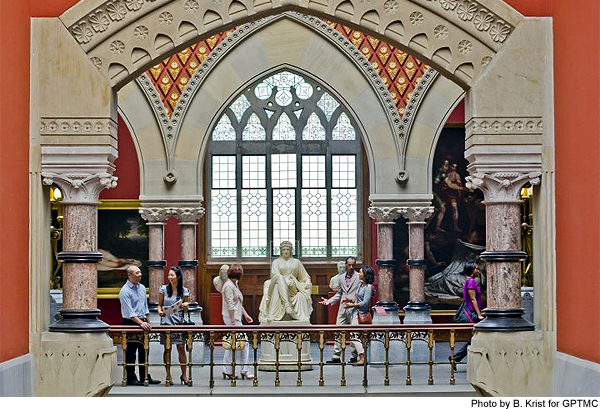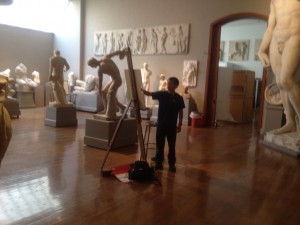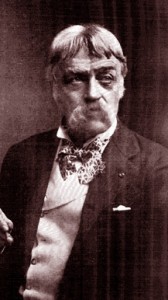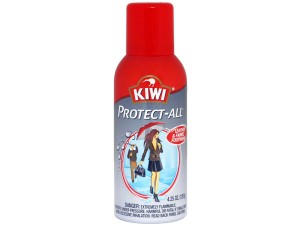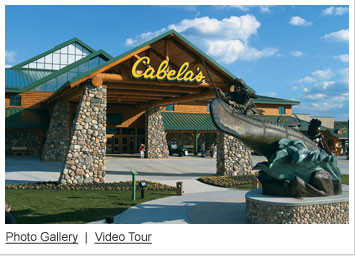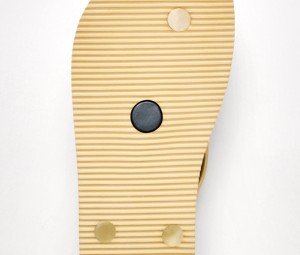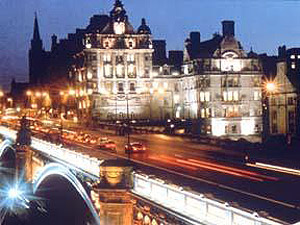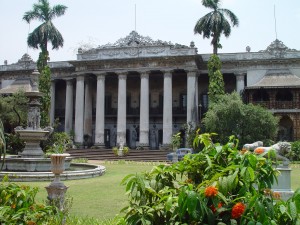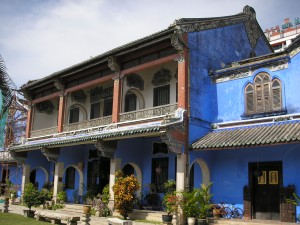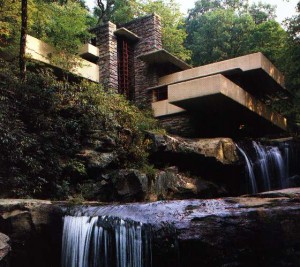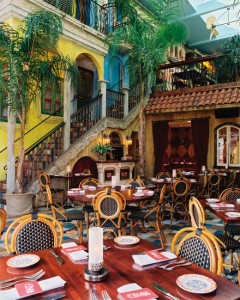Most folks do their best to stay out of prison.
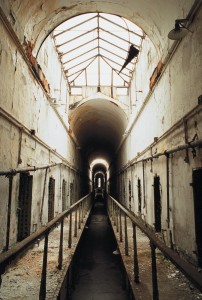 At Eastern State Penitentiary in Philadelphia, people pay to get in and get an up-close and personal look at one of the nation’s most notorious prisons.
At Eastern State Penitentiary in Philadelphia, people pay to get in and get an up-close and personal look at one of the nation’s most notorious prisons.
Around Halloween, Eastern State is more popular than ever as aficionados of gore flock to Terror Behind the Walls, the fright night that raises money to preserve the crumbling walls and historic character of the big house.
As prisons go, Eastern State started out well, thanks to Ben Franklin and other reformers who believed incarceration should help to mold prisoners into better people. Prisoners had their own cells and private exercise yards, the better to reflect on their misdeeds. They ate fresh veggies and had their choice of coffee, tea or cocoa at breakfast. You can see the skylight in Cell Block 5, photographed in 1998 by Elena Bouvier.
Visitors can see that spirit of reform didn’t last. The prison got crowded. Inmates doubled up in dark cells. And the petty thieves originally locked up at Eastern evolved into a den of hard-core criminals.
It’s fascinating to walk the corridors of Eastern and peer into ruined cells, as well as the posh, restored digs once occupied by gangster Al Capone, who served time for carrying a concealed weapon in a Philly theater. Capone got a cell equipped with Oriental carpets, an easy chair and a radio. Eastern’s baseball team got new uniforms.
You can tour the prison seven days a week, except Thanksgiving, Christmas Eve, Christmas Day and New Year’s. Admission is $12 for adults, $10 for seniors, and $8 for students and children. (The tour is not appropriate for kids under 7.)
Terror Behind the Walls is loud and scary, just the kind of Halloween treat guys age 16 to 23 would enjoy. It is way too graphic for children, so take your 12-year-old on the historic tour instead. Tickets are $40. But you can get a deep discount buying online, where the price drops to $25.

